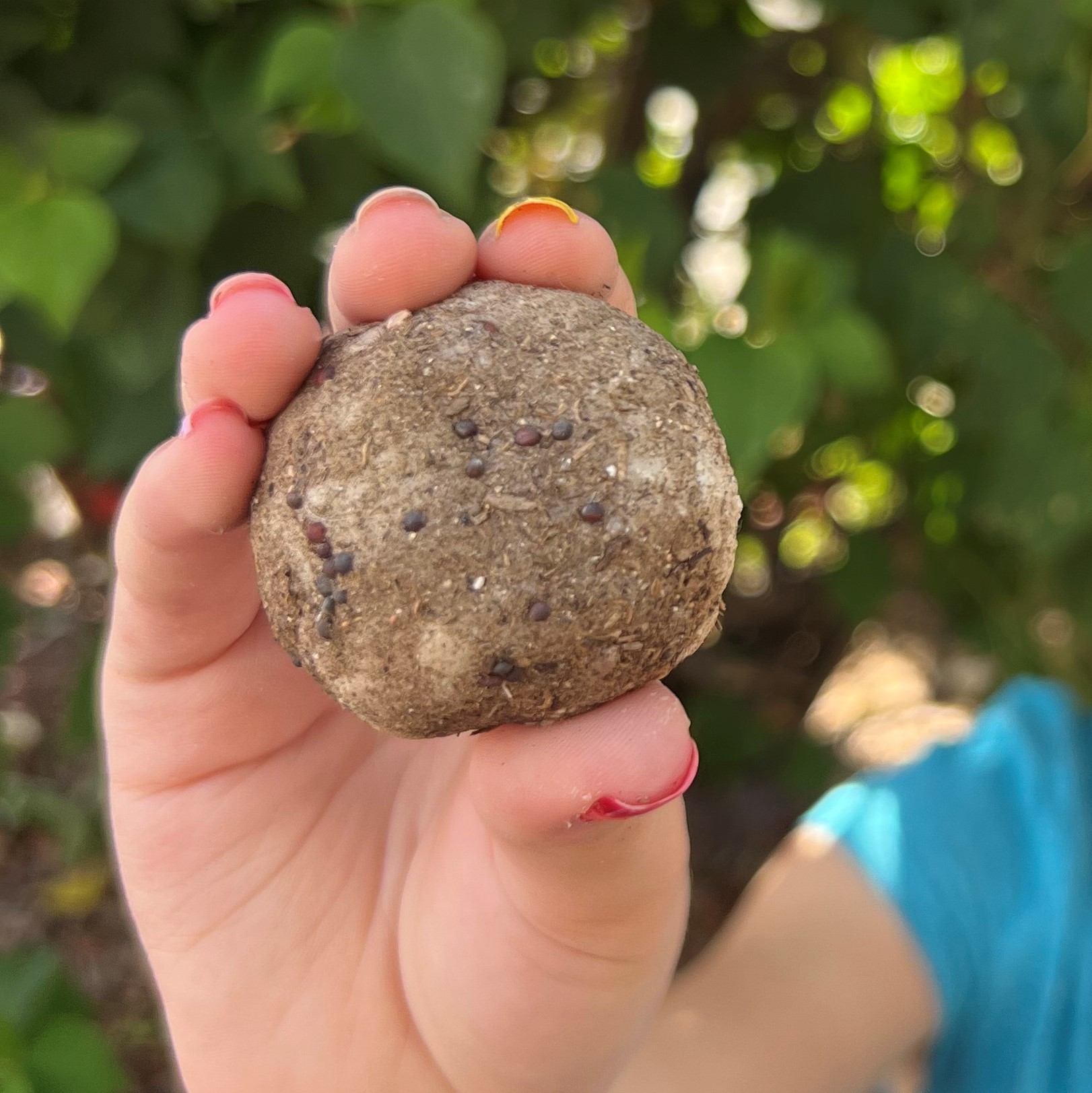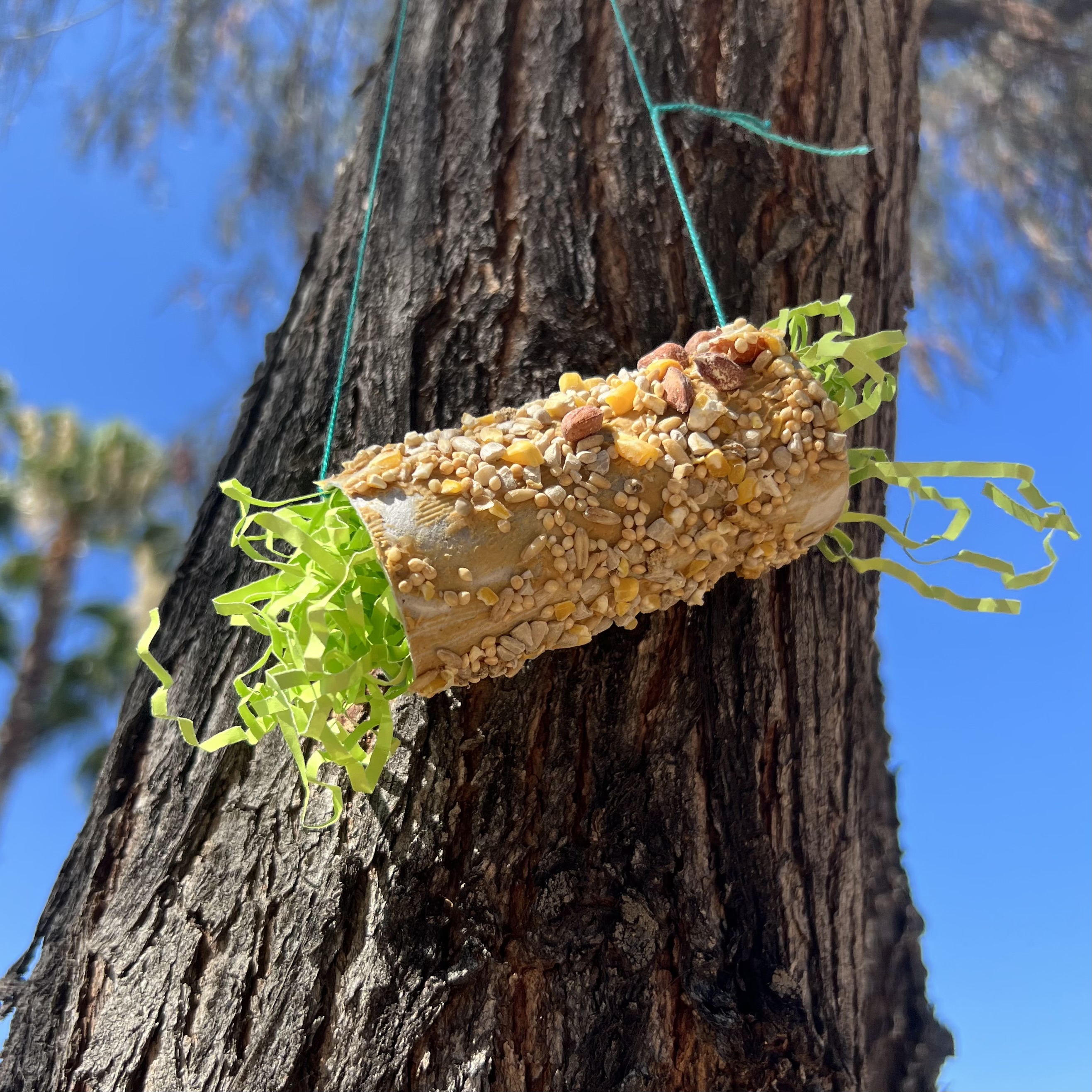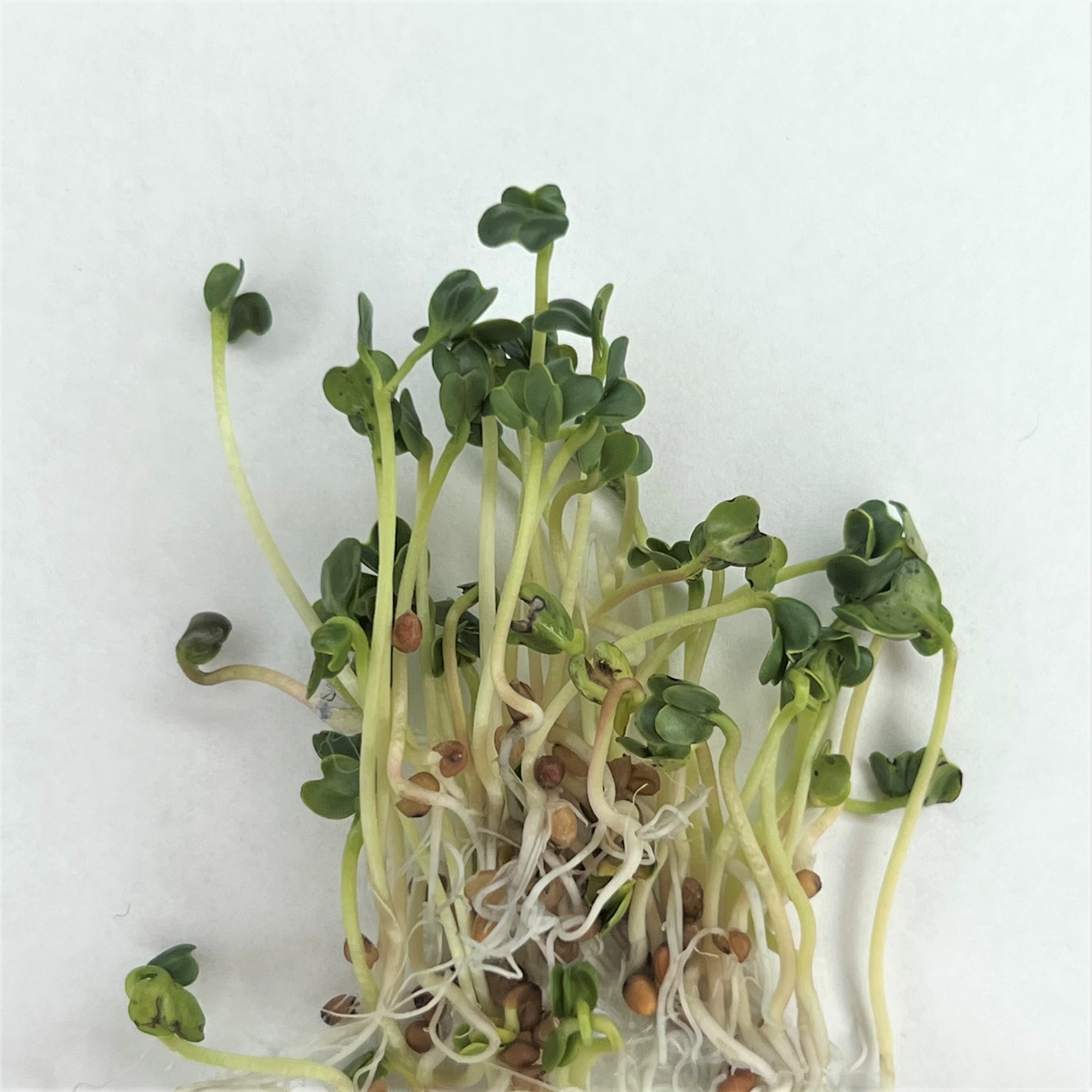
Exploring Phenology with Seed Balls
Grades: K-2
In this activity, your students will make seed balls that can be planted in an outdoor space. They will make observations about the different plants in their area, and record what they observe. This activity encourages young children to practice their observational skills to learn more about the natural world around them.
Outdoor activity; 20-30 minutes

Observing Bird Behaviors
Grades: K-2
In this activity, your students construct a bird feeder using basic materials, hang their feeders at a safe outdoor location, and observe the behaviors of the birds who visit. They will learn about why birds are important to ecosystems, and different seasonal patterns of birds such as nest building and migration.
Outdoor activity; 20-30 minutes for craft, 20 minutes per day for 5 days for observations

Observing Plant Growth and Development
Grades: K-2
In this activity, your students will germinate their own seeds and record their observations in a nature journal. They will learn about the parts of a plant, and what plants need to grow. Then, they will provide their sprouts with soil, water, and sunlight, and see how they grow and change.
Indoor activity; 20-30 minutes per day for 5 days
Start a Local Phenology Program
We have the resources you need for your students to track seasonal changes with Nature's Notebook